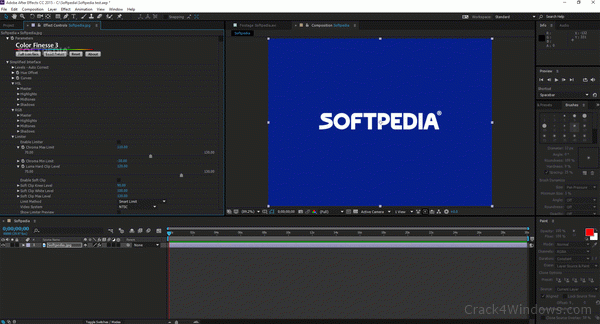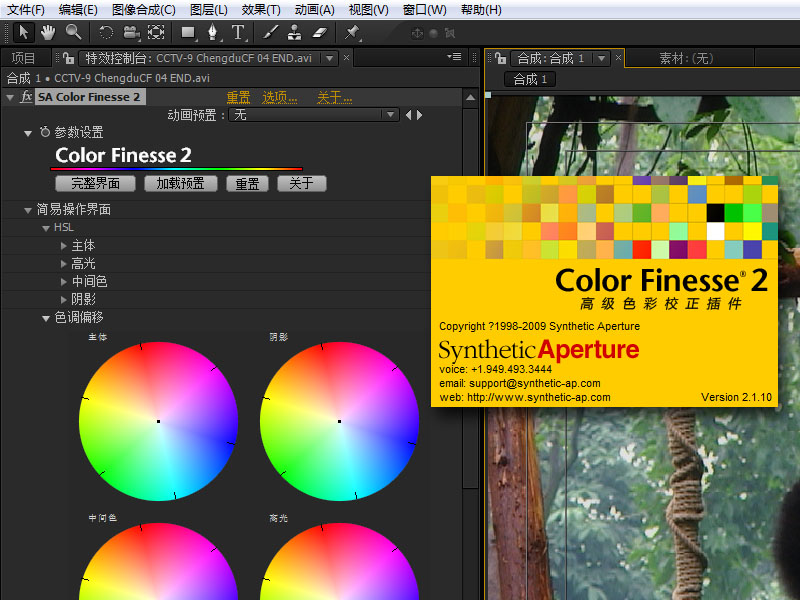

As an example, we'll balance brightness and contrast of a plate image, with no foreground layers to match. What constitutes an "optimized" clip? What makes a color-corrected image correct? Let's look at what's typically "wrong" with source-footage levels and the usual methods for correcting them, laying the groundwork for color matching. The goal is to move you away from hacking, to building skills that eliminate some of the guesswork and enable artistry. First, we'll look at optimizing a given image by using these tools, and then move into matching a foreground layer to the optimized background, balancing colors. This article holds the answers to these and many more questions. What do you mean, I can adjust Levels even if I'm colorblind?.Why not use Brightness & Contrast to adjust, you know, brightness and contrast? Or Shadow and Highlight, if that's what needs adjustment?.Why these old tools, with so many cool newer ones arriving?.

#Color finesse vs levels after effects how to#
Just learn how to use them and keep practicing. These tools endure from the earliest days of Photoshop because they're stable, fast, and they get the job done every time. In fact, because Levels and Curves overlap in their functionality, in many cases you're just choosing one or two of the three. Good compositors are credited with possessing a "good eye," but color matching is a skill that you can practice and refine even if you have no feel for adjusting images-indeed, even if you consider yourself colorblind.Īnd despite the fact that new color tools appear each year to refine the ability to dial-in color, for color matching in After Effects, three color correction tools do most of the heavy lifting: Levels, Curves, and Hue/Saturation.

Color draws the audience's attention where it belongs, never causing them to think about the compositing at all. Inspired, artistic color work injects life, clarity, and drama into standard (or even substandard) 3D output adequately shot (or even poorly shot) footage and flat, monochromatic stills. No skill is as essential for a compositor as the ability to take control of color authoritatively and conclusively, making foreground and background elements seem to inhabit the same world, ensuring that shots from a sequence are consistent with one another, and matching their overall look to the artistic direction of the project.Īfter all, the compositor is typically the last person to touch a shot before it goes into the edit. Used with permission of Pearson Education, Inc.
#Color finesse vs levels after effects professional#
This article is adapted from Adobe After Effects CS3 Professional Studio Techniques by Mark Christiansen.


 0 kommentar(er)
0 kommentar(er)
